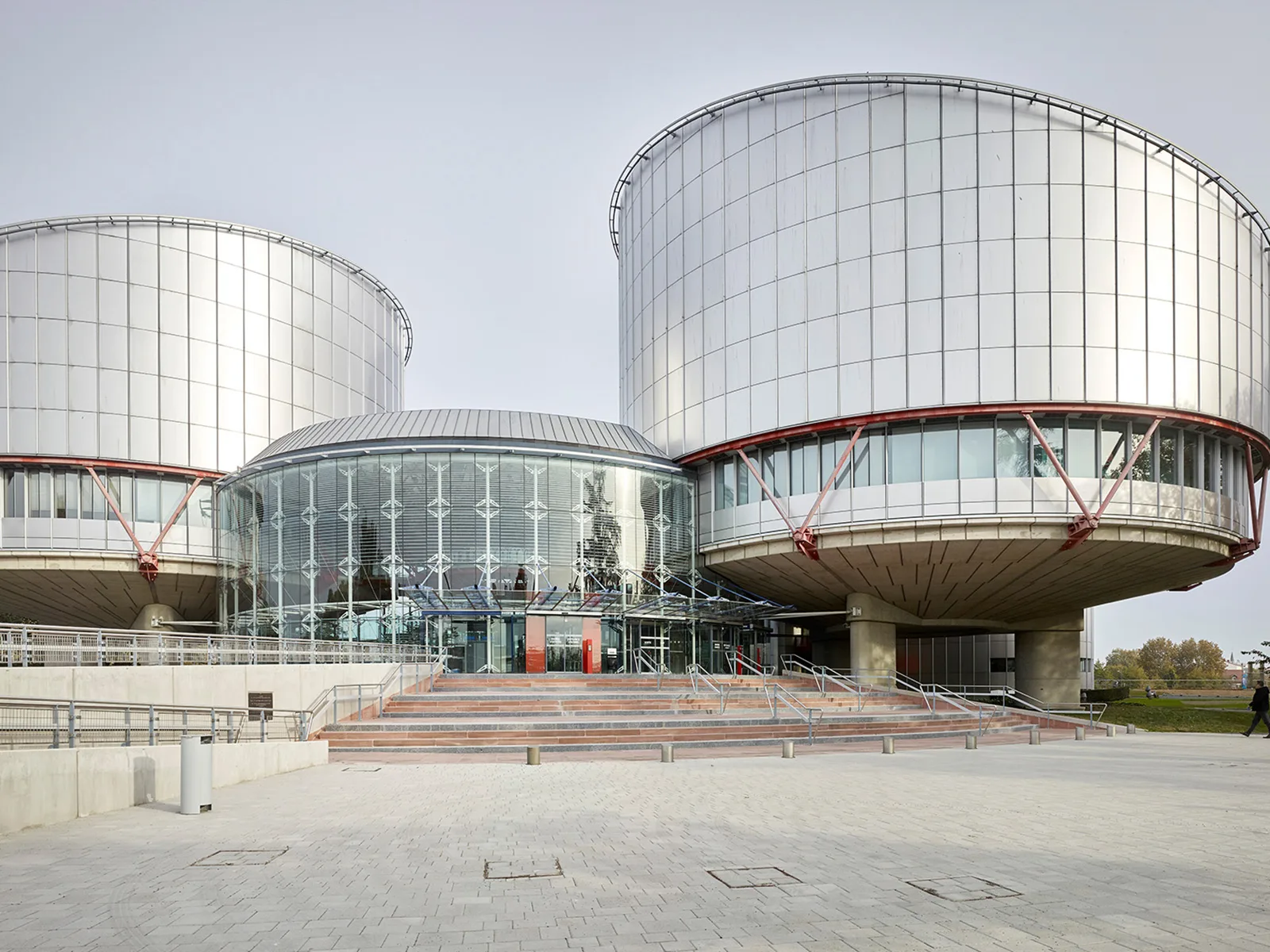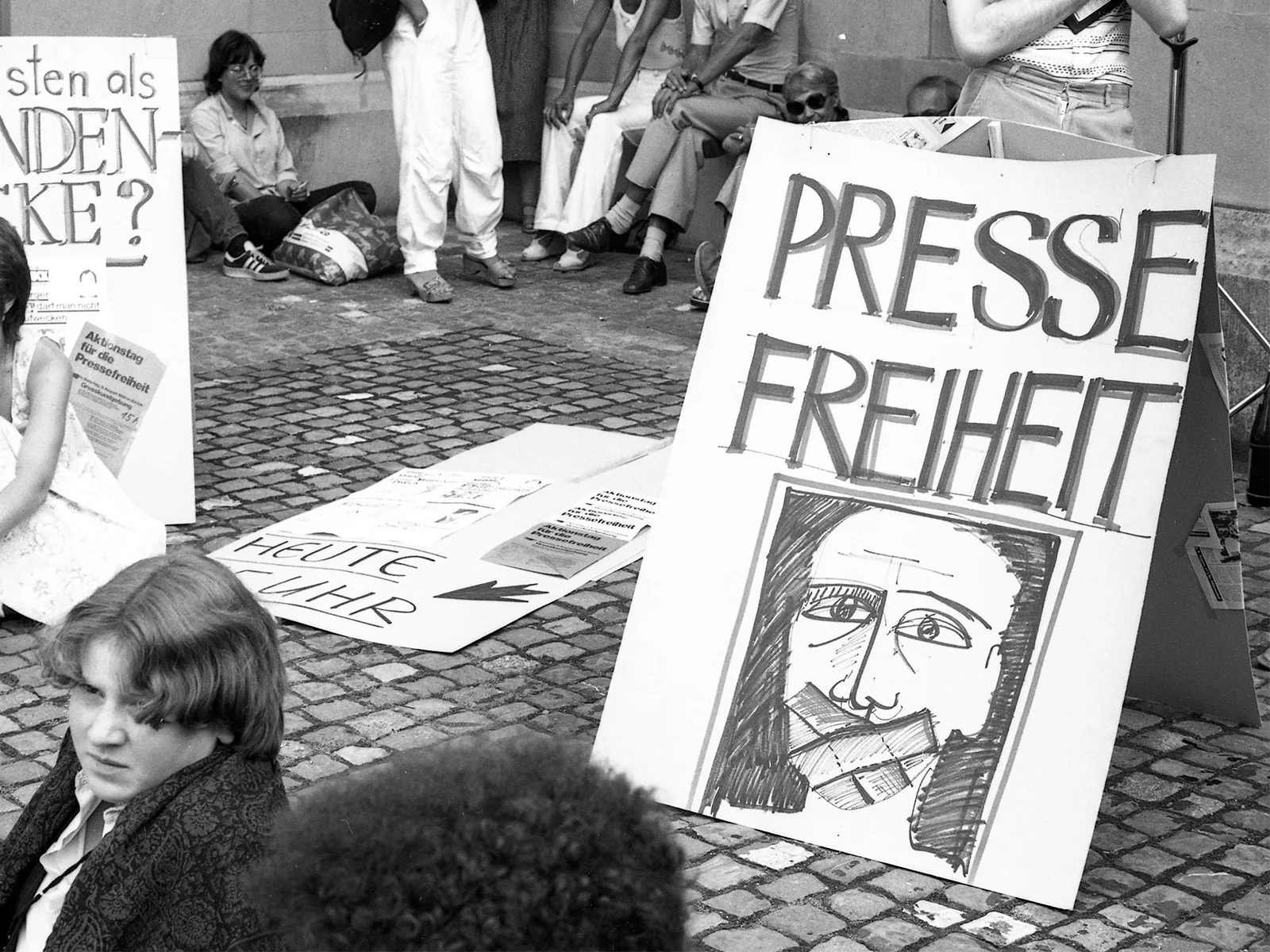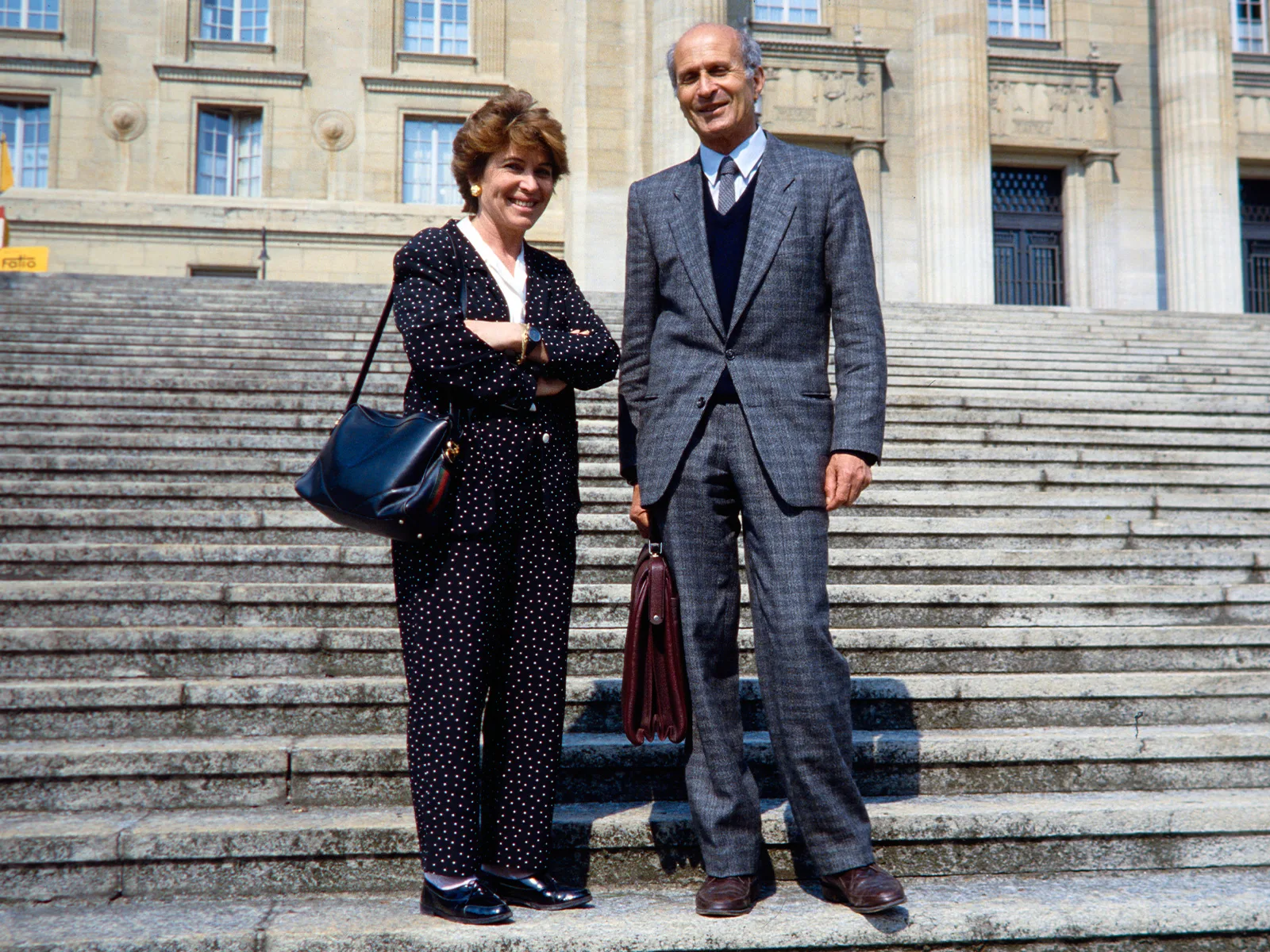
Right to fair proceedings a latecomer to Switzerland
What rights does a person have in judicial proceedings? It was 2011 before Switzerland had a standard set of rules on how those proceedings are to be conducted. Previously, the Federal Supreme Court had derived procedural rights from the Federal Constitution and made them enforceable.

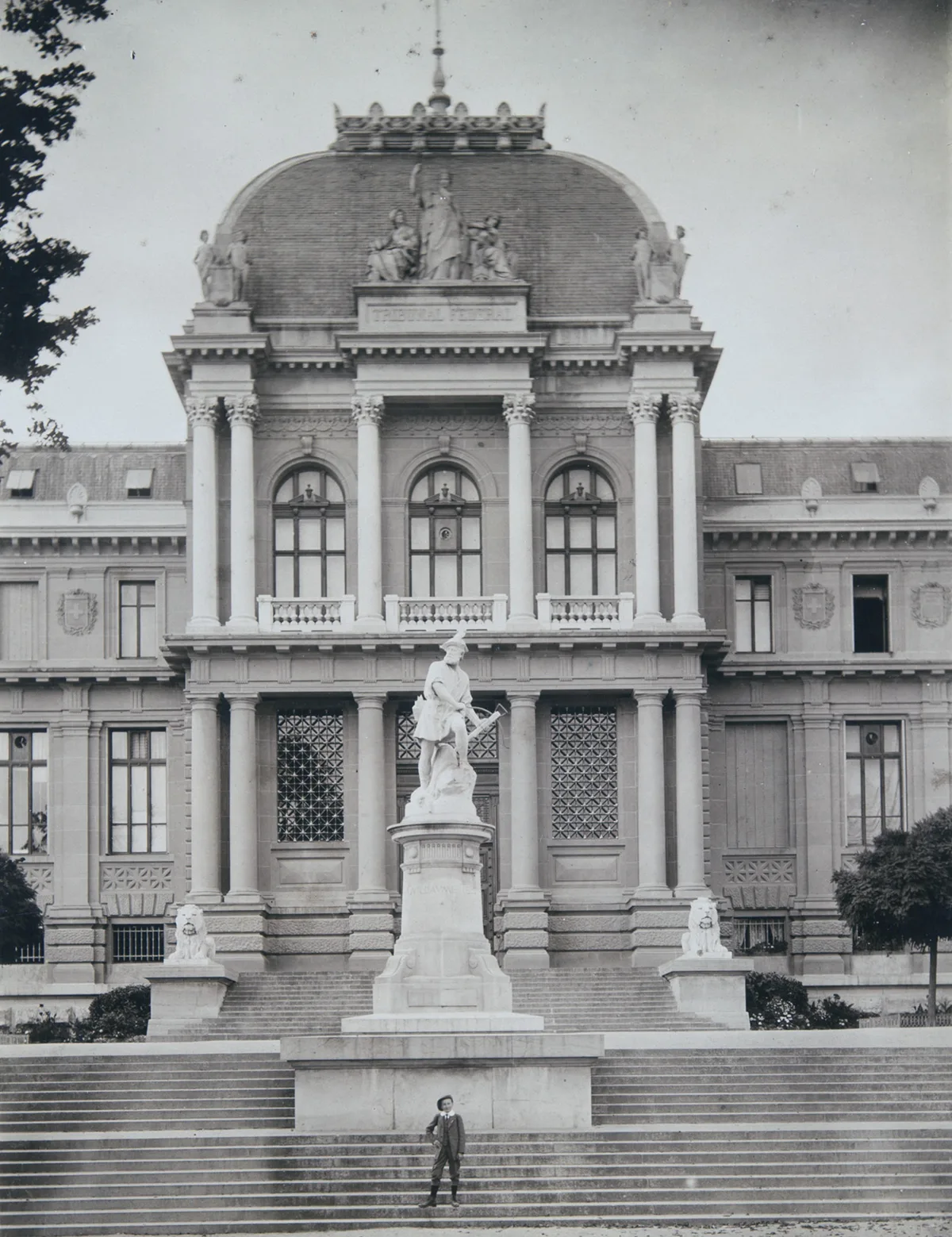
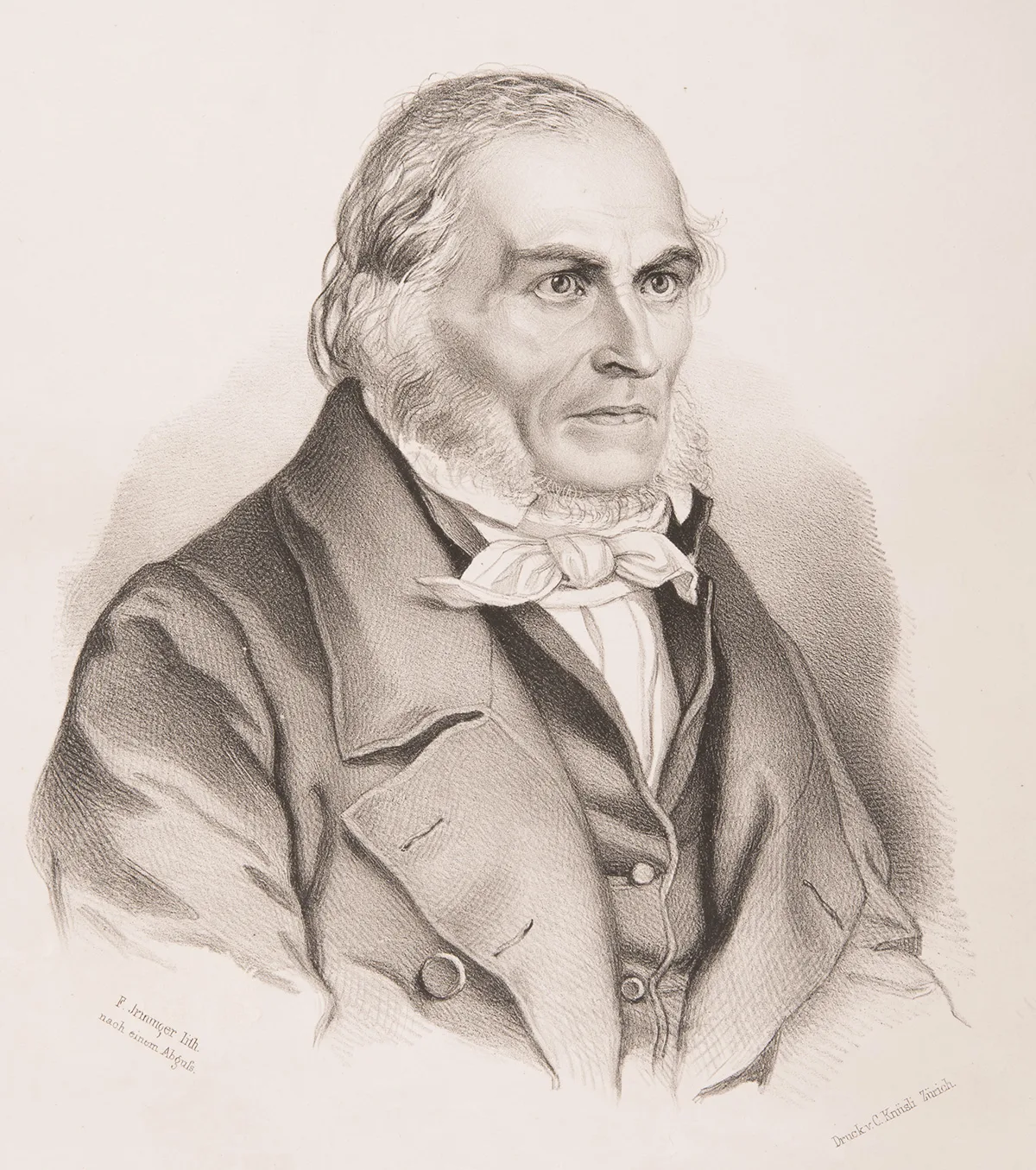
Every person has the right to equal and fair treatment in judicial and administrative proceedings and to have their case decided within a reasonable time.

